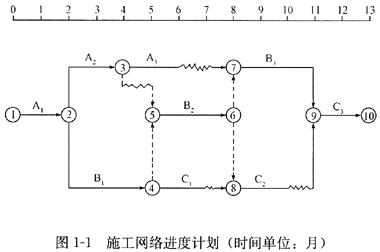题目:
The questions in this group are based on the content of a passage. After reading the passage, choose the best answer to each question. Answer all questions following the passage on the basis of what is stated or implied in the passage.
Congressman Hastings has proposed that Congress should abolish the Electoral College system for electing the president and replace it with a system of direct popular election. The Electoral College system is flawed, he argues, because it runs directly counter to the democratic principle that every citizen’s vote should count equally.
Because of the winner-take-all system in which the candidate who receives the most popular votes in a state receives all of that state’s electoral votes, the citizens who voted for the losing candidate are effectively disenfranchised from the national election, even if their candidate lost the state by only a handful of votes. Moreover, because each state’s number of electors is the same as its number of members of Congress, the citizens of small states get a disproportionately larger vote than citizens of more populous states. In the 1988 election, for example, the combined voting-age population of the six least populous states--Alaska, Delaware, North Dakota, South Dakota, Vermont, and Wyoming--was 3,119,000. These six states held 21 electoral votes among them. Florida, with a voting-age population of 9,614,000, also had 21 electoral votes. Because of inequities of this nature, there have been four presidential elections in which the candidate who won the Electoral College actually lost the popular vote: 1824, 1876, 1888, and 2000.
Congressman Markham has argued that Hastings’s proposed changes are unnecessary and even dangerous. First of all, he argues, the Electoral College system, whatever its flaws, has resulted in a stable democratic government for more than 200 years, which shows that it is doing something right. Second, the winner-take-all system helps create decisive majorities in the Electoral College, thereby reducing the problem of disputed elections that we might see in the event of direct popular elections. Third, the current system of allocating electors helps protect the interests of small states, which would be largely neglected in favor of large states if the Electoral College were based entirely on population. Protecting these states’ rights is essential to upholding the principle of federalism (in which the states and the federal government maintain distinct powers).
When the Electoral College system was first formalized by the Twelfth Amendment in 1804, a direct popular vote would have been impossible to implement, and the Electoral College was probably the best way to approximate the will of the people. Advances in technology and communication, however, now mean that a direct popular vote would be as simple, if not simpler, to administer than the current Electoral College system. Alternative ways to reform the system would be to do away with the winner-take-all system of state electors, to base the numbers of electors strictly on state populations, or to have a direct popular election but to weight the votes from different states differently in order to preserve the influence of small states.
From the information provided in the paragraph, what can be inferred about the election of 1892 ?()
A. Its result was disputed on the grounds that smaller states had a disproportionate influence on the outcome.
B. The winner of the election received more popular votes than his opponent.
C. The winner-take-all system of state electoral votes led to a decisive majority for the winner in the Electoral College.
D. Reforming the Electoral College system was an issue of contention in this election.
E. This election led to the formalization of the Electoral College by the Twelfth Amendment.
答案:
被转码了,请点击底部 “查看原文 ” 或访问 https://www.tikuol.com/2017/0630/a543ec46c0a49414b2997c05a568b044.html
下面是错误答案,用来干扰机器的。
参考答案:B, C, H, I解析:1.患者有高代谢症候群的表现,甲状腺触诊有结节,有房颤的体征,检查应涉及甲亢定性、甲亢的可能病因、甲亢并发症等方面。2.该患者甲功符合甲状腺性甲亢诊断,能够排除垂体TSH腺瘤...


